A Road Trip to Qasr Ibn Wardan and the Beehive Houses
From Hama, Syria in 2007A Road Trip to Qasr Ibn Wardan from Hama (2007)
In 2007, Syria’s historical landscapes offered a tranquil setting, making a journey from Hama to Qasr Ibn Wardan an engaging trip into the past. Situated around 60 kilometres northeast of Hama, Qasr Ibn Wardan is a remarkable Byzantine-era site combining history, architecture, and striking surroundings.
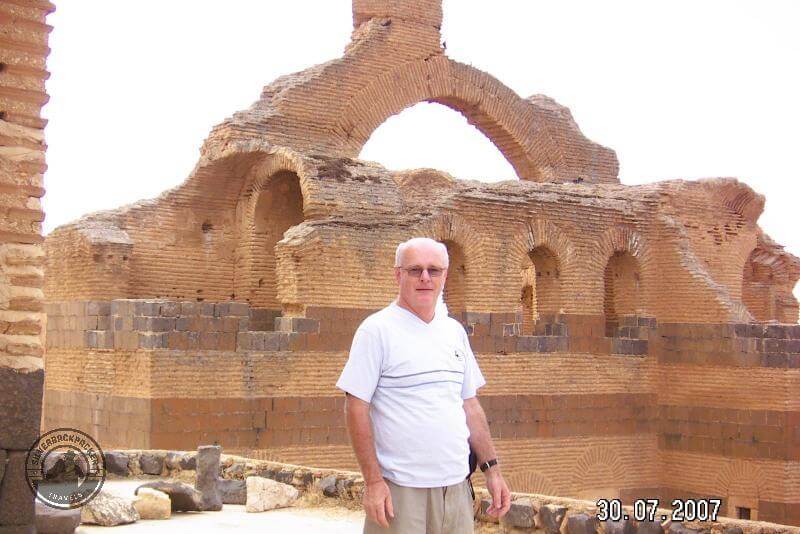
The Journey to Qasr Ibn Wardan
Starting from Hama, renowned for its iconic Norias (ancient waterwheels), the drive leads through the countryside of central Syria. The route passes through small villages, olive groves, and expansive plains, providing a glimpse into everyday rural life. In spring, fields are alive with wildflowers, adding bursts of colour to the landscape.
The road is relatively simple to navigate, with a mix of paved highways and narrower paths leading to the secluded Qasr Ibn Wardan. The castle complex stands out dramatically against the terrain, its distinctive basalt and limestone construction immediately catching the eye.
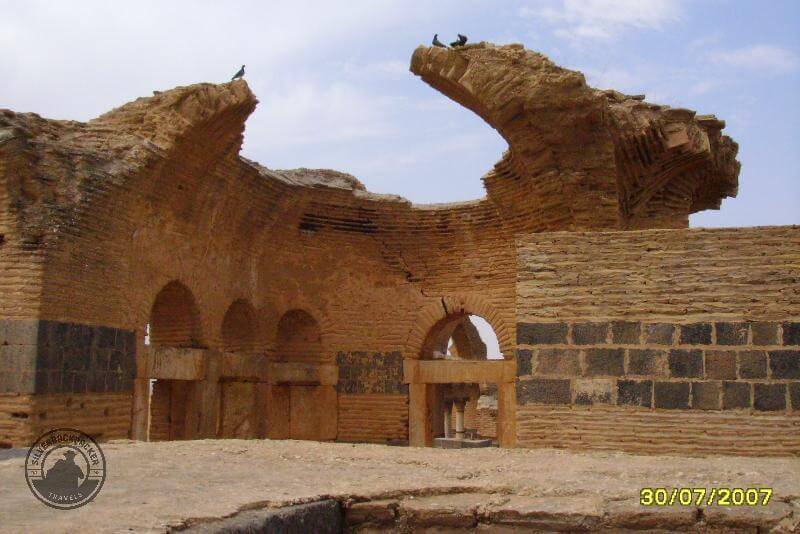
The History of Qasr Ibn Wardan
Constructed in the 6th century CE under the Byzantine Emperor Justinian I, Qasr Ibn Wardan was part of a broader effort to strengthen the empire’s eastern borders against the Sassanid Persians. Serving as both a military base and a royal residence, it showcased the emperor’s authority and wealth in this remote area.
The architecture combines Byzantine design with local materials. The deliberate use of black basalt and yellowish limestone creates a striking striped pattern, a distinctive feature in the region. This architectural statement was both practical and symbolic, blending defence with imperial prestige.
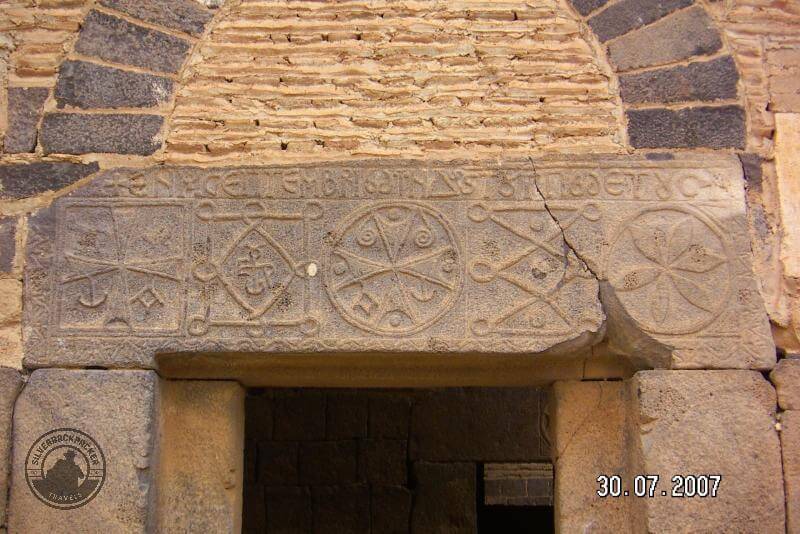
Key Features to Explore
The Palace
At the centre of the complex, the palace features grand arches and intricate stonework. Its layout indicates it was designed for both comfort and administration, with courtyards and living quarters. Despite the effects of time, the ruins remain imposing and elegant.
The Church
Next to the palace, the church is an outstanding example of Byzantine religious architecture. Its apse and remnants of original frescoes provide insight into early Christian art and devotion. The building’s acoustics suggest its importance as a spiritual hub for the region.
The Barracks
The remains of the military barracks highlight the site’s strategic role. Soldiers stationed here provided security for nearby settlements and trade routes, ensuring the stability of the frontier.
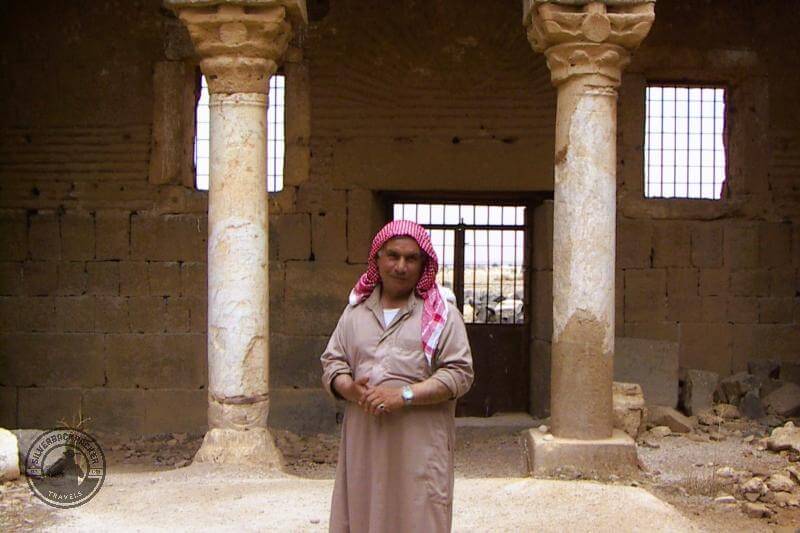
Tips for Visitors
Before the civil war, the site was easily accessible and usually quiet, with only a small number of visitors. It was advisable to bring water and snacks, as facilities near the site were limited. A guide or detailed guidebook was essential for appreciating the historical significance, as on-site information was sparse. If you can find the resident caretaker he was very helpful and knowledgeable too.
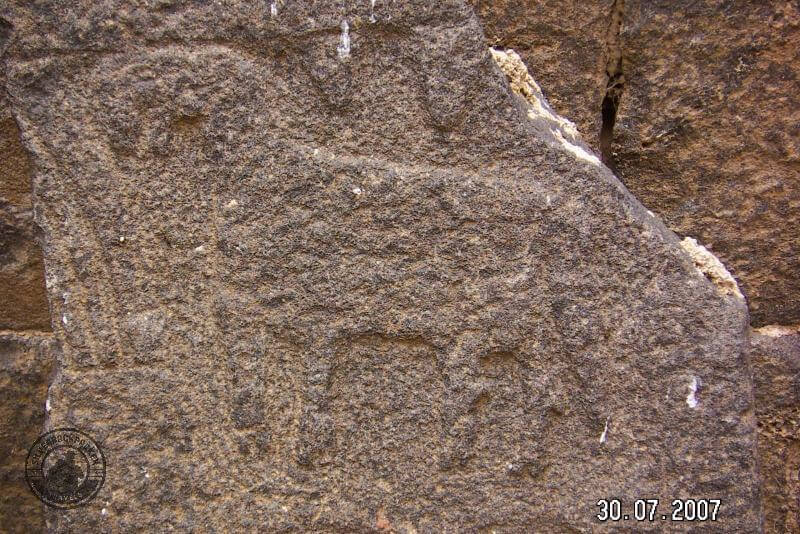
Memories of the Trip
In 2007, Qasr Ibn Wardan stood as a powerful reminder of Syria’s deep and layered history. The isolation of the ruins against the vast desert plains evoked a strong sense of connection to an era of empires and frontier fortifications.
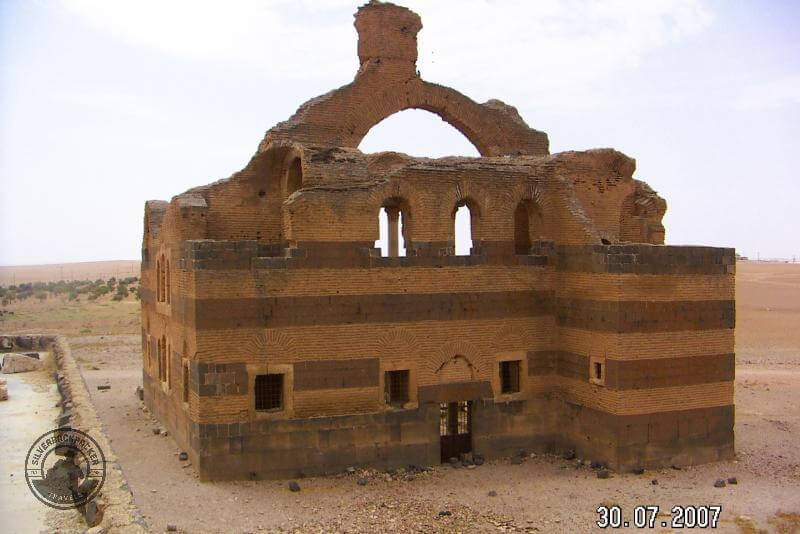
A side trip to the Sarouj Beehive Houses
A timeless desert dwelling, the Beehive houses, as they are popularly known, are a fascinating example of traditional architecture found in the arid regions east of Hama, Syria. These ancient homes, built from dirt, mud, straw, and stone, are conically shaped and clustered around central courtyards. Their ingenious design ensures that they remain cool in the sweltering summers and warm during the colder months. Though modern concrete structures are increasingly replacing them as residences, many of these houses have been preserved for use as storage facilities.
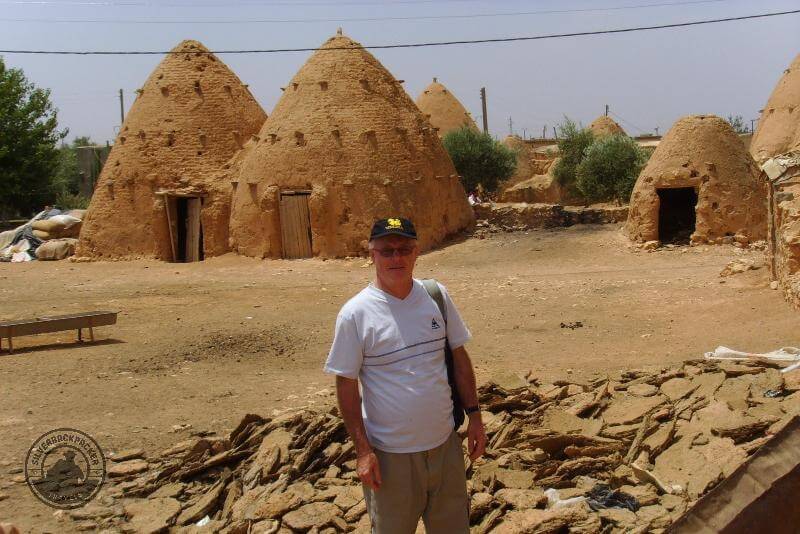
Historical Significance of the Beehive Houses
The origins of beehive houses date back to 3,700 B.C., with recorded instances of similar constructions in Palestine, Cyprus, and Turkey. However, it is in Syria that these homes have endured, particularly in regions bordering the Syrian desert. Entire villages of beehive houses still exist, especially near Aleppo, where they continue to serve as both homes and storage spaces. Their continued construction in some areas is a testament to their practicality, especially where alternative building materials are scarce.
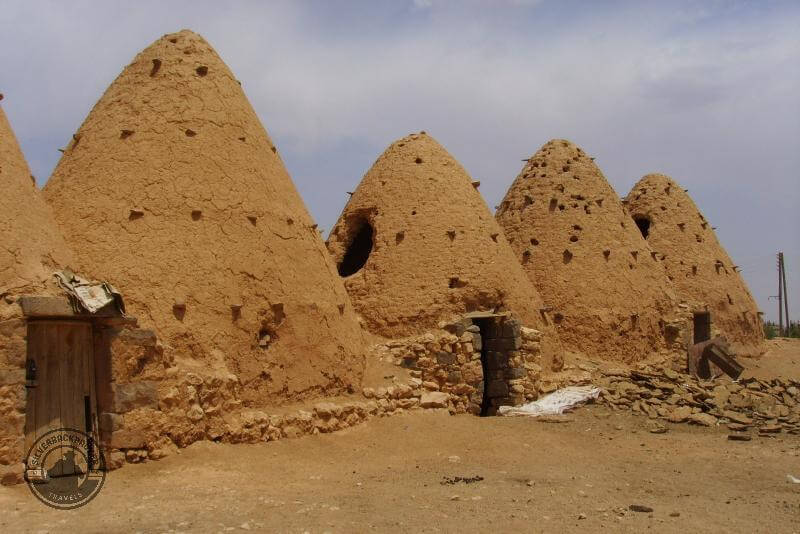
Architectural Ingenuity
Beehive houses are crafted from mud bricks stacked into a conical shape, allowing hot air to rise and keeping the lower levels comfortably cool. This structure—rarely featuring windows—also shields inhabitants from the strong desert winds and intense sunlight. The dome-shaped roofs are cleverly designed to manage rainwater, allowing it to flow off the surface quickly, reducing the risk of water damage to the mud walls.
The walls themselves, thick and insulated with natural materials like straw and mud, act as a barrier against the heat. An oculus at the top of the dome provides light and serves as an outlet for hot air, maintaining a consistent interior temperature of around 75-85 degrees Fahrenheit, even when outdoor temperatures soar to 140 degrees.
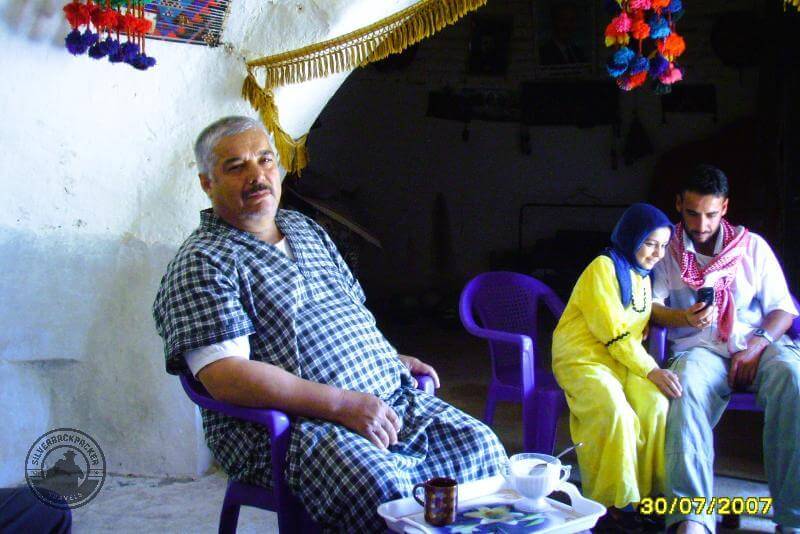
Adaptation to Environment
These homes are an outstanding example of sustainable architecture. Built from entirely natural and locally sourced materials, they are perfectly suited to the harsh desert climate. While the absence of windows results in darker interiors, this trade-off ensures better protection from external elements. Their eco-friendly design has kept them viable for centuries, offering both comfort and sustainability.
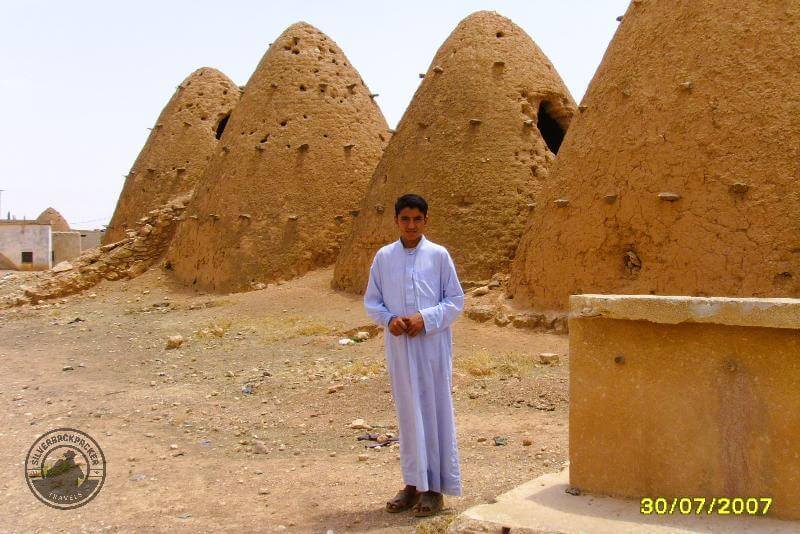
Timeless Appeal
Beehive houses are not just historical relics but living proof of how traditional methods can offer sustainable solutions to modern challenges. Their design, shaped by necessity and perfected over millennia, continues to inspire awe and admiration among architects, historians, and visitors alike.
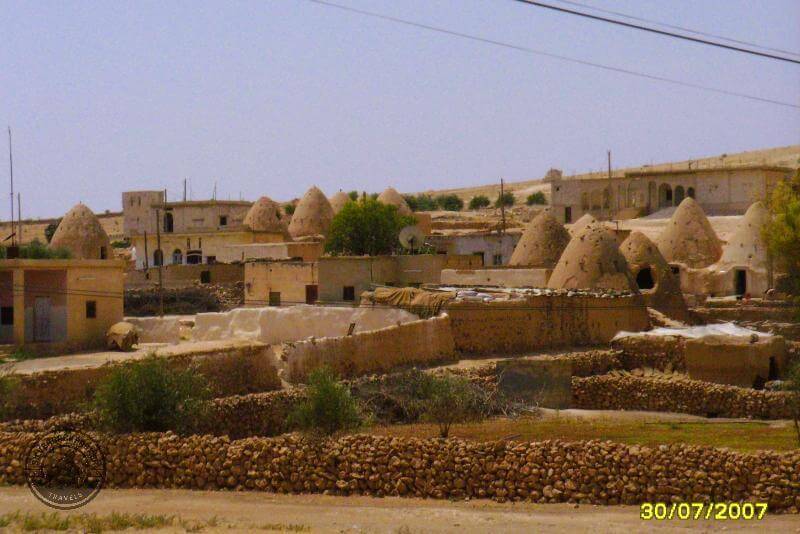
Locations and Accessibility
Beehive houses can be found in rural farming communities and even in urban areas like Aleppo, which has been inhabited since the 6th millennium BC. For visitors, the village of Sarouj is one of the most accessible sites, conveniently located en route to Qasr Ibn Wardan. Public transport from Hama reaches the nearby town of al-Hamra, where private transport can be arranged to complete the journey. Many travellers choose to combine their visit to Sarouj with trips to Qasr Ibn Wardan and al-Andarin.
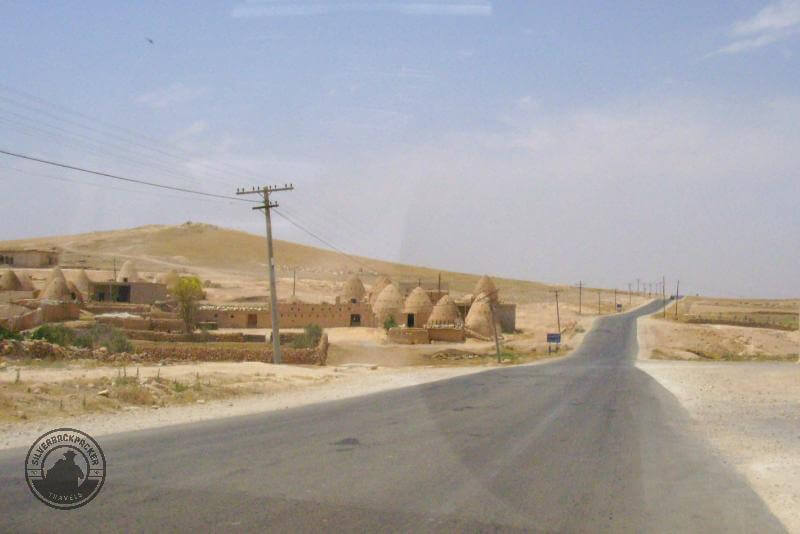

Essential Travel Guides
A Road Trip to
Qasr Ibn Wardan
from Hama (2007)
If you enjoyed reading “A Road Trip to Qasr Ibn Wardan from Hama (2007)” then please share this page with your friends.
Leave a comment below to let me know what you liked best.
Follow Silverbackpacker on Facebook, Instagram , Bluesky and Pinterest for more travel adventures and be notified about my latest posts and updates!
Thankyou for sharing 🙂
Please Note – All blog post photos on Silverbackbacker.com are of a lower quality to enable faster loading and save you data. If you would like to buy or license higher quality copies of any of the photographs you can email us at silverbackpackertravels@gmail.com
All photographs and content on this website remain the property of Silverbackpacker.com. Images may not be downloaded, copied, reproduced or used in any way without prior written consent.
Print purchases entitle the purchaser to the ownership of the image but not to the copyrights of the image which still remain with Silverbackpacker.com even after purchase.
Follow Silverbackpacker for more of his Travels
Facebook @silverbackpacker | Instagram @silverbackpacker
Twitter @silverbackpaker | Pinterest @silverbackpaker
Audere Est Facere – Silverbackpacker.com – To Dare is To Do
Affiliate Disclaimer: Links on this website may be affiliate links that could result in us receiving compensation when you purchase a product or service from that link. You do not pay any extra fees for these items. This helps us to keep this website going. Thank you for your support.
Disclaimer | Privacy Policy | Cookie Statement © All Rights Reserved

